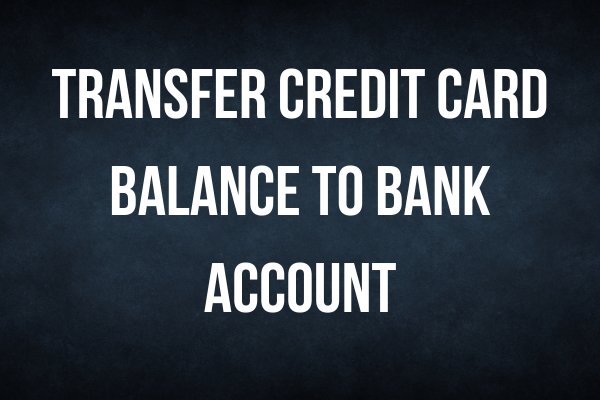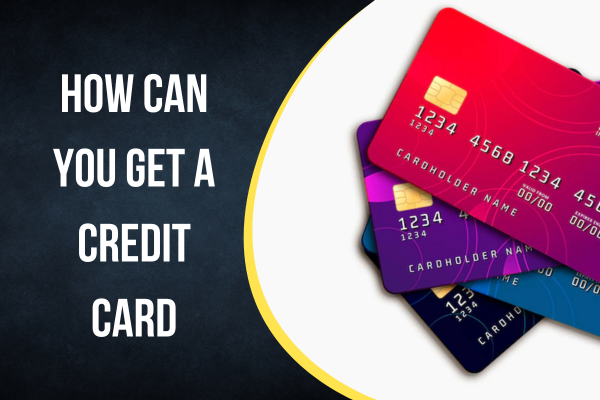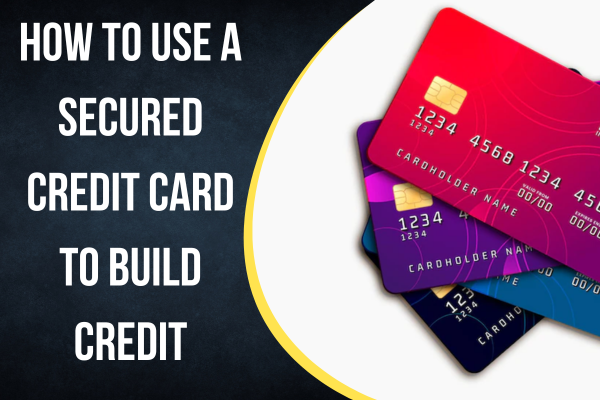Credit cards can be a useful financial tool, offering convenience and rewards. However, if you find yourself carrying a high balance on your credit card with a high interest rate, it may be beneficial to transfer that balance to your bank account. By doing so, you can potentially save money on interest payments and streamline your debt repayment strategy. In this article, we will provide you with a step-by-step guide on how to transfer your credit card balance to your bank account.
Transfer Credit Card Balance to Bank Account
Step 1: Evaluate the Terms and Conditions:
Before initiating a balance transfer, it is crucial to review the terms and conditions of your credit card. Check if your credit card issuer allows balance transfers to bank accounts and if there are any associated fees or limitations. Understand the interest rate charged on your credit card balance, as well as any promotional interest rates offered on balance transfers.
Step 2: Research Balance Transfer Offers:
Search for banks or financial institutions that offer balance transfer services. Compare their interest rates, fees, and promotional periods. Look for a bank that provides competitive rates and favorable terms for balance transfers.
Step 3: Choose the Right Bank Account:
Open a bank account if you don’t already have one with the institution offering the most favorable balance transfer terms. Ensure that the account supports electronic funds transfers and provides convenient access to your funds.
Step 4: Apply for the Balance Transfer:
Contact your chosen bank or financial institution to initiate the balance transfer process. Provide them with the necessary information, including your credit card details, the desired amount to transfer, and the account details where the funds should be deposited. They may also require additional information such as your credit history and income details.
Step 5: Review and Understand the Terms:
Carefully read and understand the terms and conditions provided by the bank. Take note of any fees associated with the balance transfer, the duration of any promotional interest rates, and the repayment schedule. Ensure that the terms align with your financial goals and capabilities.
Step 6: Initiate the Balance Transfer:
Once you have accepted the terms and conditions, the bank will initiate the balance transfer process. They will contact your credit card issuer to request the transfer of funds. The transfer can take several business days to complete, depending on the involved institutions.
Step 7: Repay Your Bank Account Balance:
Once the funds have been transferred to your bank account, make a plan to repay the balance. Create a budget and allocate a portion of your monthly income to gradually pay off the transferred amount. Make consistent payments to avoid incurring additional interest charges.
Step 8: Close the Credit Card Account:
Consider closing your credit card account once the balance transfer is complete, especially if you don’t plan on using it further. This step can help you avoid the temptation to accumulate more debt on the card and simplify your financial management.
Here are some of the ways to transfer a balance from your credit card to your bank account:
- Online: Many credit card companies allow you to transfer balances online. To do this, log in to your credit card account and look for a balance transfer option. You’ll need to provide your bank account information and the amount you want to transfer.
- Over the phone: You can also transfer a balance over the phone. Call your credit card company and ask to speak to a representative. They’ll be able to help you complete the transfer.
- In person: If you prefer, you can transfer a balance in person at a bank branch. Bring your credit card and your bank account information to the branch and ask a teller to help you.
When transferring a balance from your credit card to your bank account, there are a few things to keep in mind:
- Fees: Some credit card companies charge a balance transfer fee. This fee is usually a percentage of the amount you transfer.
- Interest rates: The interest rate on your credit card may be higher than the interest rate on your bank account. This means that you’ll pay more interest on the balance you transfer.
- Payment terms: The payment terms on your credit card may be different than the payment terms on your bank account. Make sure you understand the payment terms before you transfer a balance.
Transferring a balance from your credit card to your bank account can be a good way to save money on interest. However, it’s important to weigh the pros and cons before you make the decision.
Read-
- Balance Transfer Cards for Poor Credit
- When Does Interest Get Charged on Credit Card | Tips
- What is a Money Transfer Credit Card | Benefits | Tips
- How to Transfer Credit Card Money to Bank
Conclusion:
Transferring your credit card balance to your bank account can be a strategic move to save money on interest payments and expedite debt repayment. However, it is important to conduct thorough research, review terms and conditions, and choose the right financial institution to ensure a seamless and beneficial balance transfer process. Remember to establish a repayment plan and maintain discipline in managing your finances to fully leverage the advantages of this strategy.





Leave a Reply